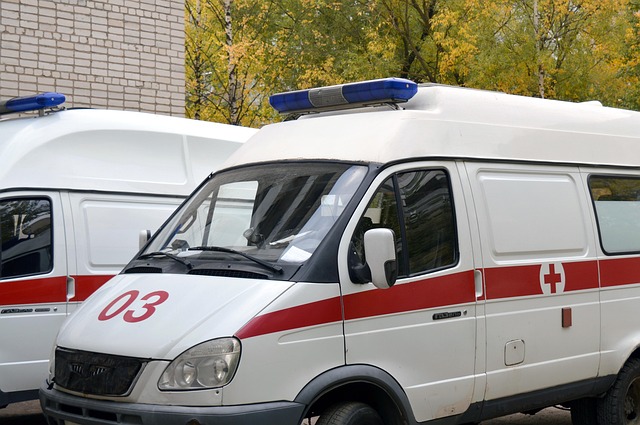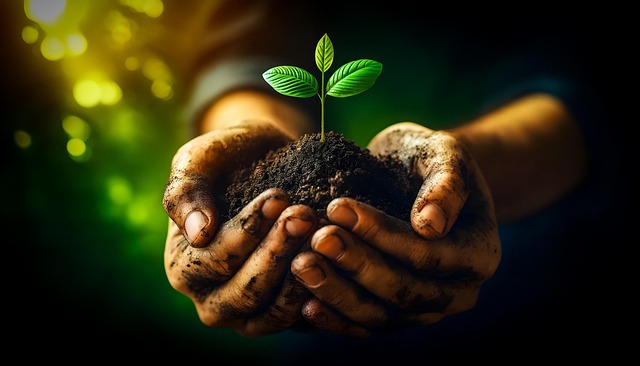After storms, Golden maple trees often show stress through yellowing leaves, caused by environmental factors like strong winds and rainfall or internal issues like nutrient deficiencies. Understanding the root cause—whether storm damage, nutritional imbalances, or pests/diseases—is crucial for effective tree care and recovery, addressing "Why are my maple leaves turning yellow in Golden?" With proper pruning, consistent watering, nitrogen fertilization, and monitoring, Golden homeowners can help their maples regain health and vigor.
After a storm, it’s common to find your beloved maples suffering from damage. This can manifest as yellowing leaves, a telltale sign of stress. In Golden, where trees play a vital role in our landscape, understanding this issue is crucial for recovery.
This article guides you through the process of assessing storm damage to maple trees, exploring common causes behind yellowing leaves, and providing effective strategies for their healthy growth post-disaster. Discover why your maple leaves are turning yellow and learn how to nurture them back to health.
- Assessing Storm Damage to Maple Trees
- Understanding Yellowing Leaves: Common Causes
- Effective Recovery Strategies for Healthy Growth
Assessing Storm Damage to Maple Trees

After a storm, many homeowners notice their maple trees display strange symptoms, often manifested as leaves turning yellow or even brown. This is a common reaction to the stress caused by strong winds, heavy rainfall, or ice damage. In Golden, where maple trees are abundant, it’s essential to understand why your tree might be showing these signs of distress.
Assessing storm damage involves carefully examining the tree for broken branches, cracked trunks, or wilted foliage. If a significant number of leaves have turned yellow, it could indicate internal injuries or nutrient deficiencies exacerbated by the storm. In such cases, proper care and recovery strategies become crucial to restore your maple’s health.
Understanding Yellowing Leaves: Common Causes

Many homeowners in Golden, CO, notice their maple trees display a concerning trend—the leaves turn from vibrant green to a pale, almost yellowish hue. This change isn’t always a cause for alarm, but it could indicate various issues, especially after a storm. Understanding why your maple leaves are turning yellow is the first step towards effective recovery and care.
One of the most common reasons for this phenomenon is environmental stress, particularly after extreme weather events like storms. Strong winds and heavy rainfall can damage tree roots, disrupt nutrient absorption, or lead to excessive water loss through leaves, all of which contribute to leaf yellowing. Additionally, nutritional deficiencies or imbalances in soil nutrients can cause this discoloration. Pests and diseases, though less likely after a storm, could also be the culprit if left unchecked.
Effective Recovery Strategies for Healthy Growth

After a storm, it’s common to notice changes in your tree’s appearance, like why are my maple leaves turning yellow in Golden? This could be a sign of stress or damage, but with proper care, trees can recover and thrive again. One effective strategy is to assess the extent of the damage, removing any dead or broken branches promptly to prevent further decay. Proper pruning encourages new growth and improves the tree’s overall health.
Additionally, ensuring adequate watering and applying slow-release fertilizers can stimulate recovery. Golden maple trees, in particular, benefit from nitrogen-rich fertilizers that promote lush foliage and vibrant colors. Keep an eye out for any signs of pest or disease infestation, as these can exacerbate stress and hinder recovery. Regular monitoring and early intervention are key to fostering healthy growth after storm damage.
In Golden, where storm damage can be significant, understanding the health of your maple trees is crucial. By assessing storm damage, recognizing common causes of leaf yellowing, and implementing effective recovery strategies, you can foster healthy growth and ensure your maple trees thrive once again. Remember, prompt action after a storm is key to minimizing long-term effects, so take a dive into these insights and start nurturing your urban forest.
